Palliative Wound Care from Laurie Klipfel
$219.00 $65.00
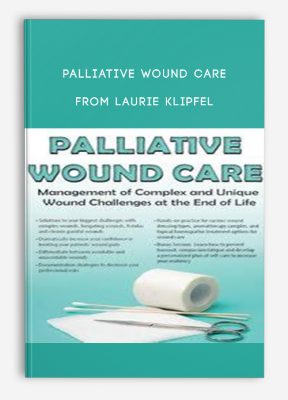
Palliative Wound Care Management of Complex and Unique Wound Challenges at the End of Life from Laurie Klipfel

Faculty:Laurie Klipfel
Duration:6 Hours 46 Minutes | Format:Audio and Video
Archive : Palliative Wound Care from Laurie Klipfel
Get Palliative Wound Care from Laurie Klipfel on Salaedu.com
Outline:
- The Infected Wound
- Contamination, Colonization and Infection
- Optimal Culturing for an Infected Wound
- Reducing Unnecessary Antibiotic Usage
- Reducing Biofilms
- Impact of Nutrition/Labs
- Prealbumin vs. Albumin – and What to Do with the Results
- Glycemic Control and Wound Healing
- Ways to Enhance Nutritional Intake
- Choosing a Debridement Method
- Autolytic
- Enzymatic
- Mechanical
- Conservative Sharp
- Maggot Therapy
- Wound Types and Etiologies
- Pressure Ulcers and Staging
- Pressure… Seeing the Tip of the Iceberg
- Tools for Predicting Pressure Ulcer Risk
- Early Detection of Deep Tissue Injury
- Incontinences Associated Dermatitis vs. Pressure Ulcers
- Venous Stasis Ulcers
- Where is All This Fluid Coming From?
- Lymphedema
- Feeling the Squeeze… Different Degrees of Compression
- Arterial Ulcers
- Arterial Perfusion
- Claudication and Rest Pain
- Diagnostic Tests: Vascular Studies and ABIs
- Diabetic/Neuropathic Ulcers
- Assessing Sensation
- Bad to the Bone… Osteomyelitis
- Skin Tears/ Adhesive Injuries
- Is it Partial or Full Thickness Loss?
- Managing Xerosis with Products in Your Kitchen!
- Moisturizing and Skin pH…
- Pressure Ulcers and Staging
- Time Out: Identify Wound Types Through Actual Patient Pictures
- Making Sense of the Endless Dressing Options
- Foams
- Alginates and Hydrofiber
- Hydrogels
- Thin Films
- Negative Pressure Wound Therapy
- The Magic of Honey
- Contact Layers
- Alternative Homeopathic Approaches to Wound Care
- Making Sense of the Endless Dressing Options
- Hands-On Intensive Interactive Session: Wound Products & Homeopathic Treatments
- Management of End of Life Wounds
- Managing Drainage
- Bleeding and Use of Monsels Solution
- Odor and Use of Metronidazole
- Disfigurement and Loss of Being Touched
- Skin Failure
- How to Recognize It
- How to Document It
- How to Explain to Caregivers What’s Happening
- Recognizing Atypical Wounds
- Management of Fungating/Malignant Wounds
- Calciphylaxis
- Pyoderma Gangrenosum
- Kennedy Ulcerations
- Pruritis and Xerosis
- Management of End of Life Wounds
- Time Out: Management of Unavoidable Wounds & Actual Patient Scenario Discussion
- Fistula Solutions
- Containment of Effluent and Odor
- Protecting Surrounding Tissue
- Fistula Containment Management System: Hands-On Fistula Management Systems
- Understanding Wound Pain and Treatment Options
- What Type of Pain is it?
- Reducing Pain with Dressing Changes/Wound Care
- Use of Topical Opioids for Wound Pain
- Documentation Strategies for Unavoidable Wounds
- Describing Patient Function and Charting Patient Decline
- Documenting Prevention Strategies
- Discussing Realistic Outcomes with Patient and Family
- Avoiding Wound Care Litigation
- Burnout vs. Compassion Fatigue
- Identifying Your Own Stress and Anxiety
- Seeing Suffering Every Day
- How Stress & Guilt Affect Your Body
- Developing Resilience
- Maintaining a Sense of Hope
- Fistula Solutions
- Life Balance Exercise: Building A Personal Resiliency Plan
Get Palliative Wound Care from Laurie Klipfel on Salaedu.com
Description:
- Solutions to your biggest challenges with complex wounds, fungating wounds, fistulas and chronic painful wounds
- Dramatically increase your confidence in treating your patients’ wound pain
- Differentiate between avoidable and unavoidable wounds
- Documentation strategies to decrease your professional risks
- Hands-on practice for various wound dressing types, aromatherapy samples, and topical homeopathic treatment options for wound care
- Bonus Session: Learn how to prevent burnout, compassion fatigue and develop a personalized plan of self-care to increase your resiliency
Do you ever feel helpless and frustrated in caring for patients at end of life who suffer from horrific, unavoidable wounds? Have you ever been told there is nothing else you can do for a patient who is at end of life? That simply is NOT true! Maintaining hope, comfort and dignity is by far one of the most important things we can do for our patients in relieving their suffering. Wounds caused by cancer, vascular insufficiency or skin failure are overwhelming for patients and caregivers. This seminar will provide an in-depth approach to palliative wound care, exploring options to care for patients with chronic wounds, fistulas, fungating wounds and terminal Kennedy ulcers. You will become prepared to care for those patients suffering from challenging wounds at end of life with confidence, compassion and knowledge.
Wound pictures from actual patients will be shared and case studies will be discussed to drive home important points. You will learn based on the different etiologies and presentations, how to choose the best dressing, when debridement is appropriate and formulary creation that will be helpful to your organization. There will be “hands-on” opportunities to test out the different types of wound care dressings available, as well as the latest alternative homeopathic treatment options. This in-depth seminar is “useable” information that you can easily apply in caring for your most complex wound patients and quickly allows you to become a valuable resource for your team.
Health and Medical course
More information about Medical:
Medicine is the science and practice of establishing the diagnosis, prognosis, treatment, and prevention of disease.
Medicine encompasses a variety of health care practices evolved to maintain and restore health by the prevention and treatment of illness.
Contemporary medicine applies biomedical sciences, biomedical research, genetics, and medical technology to diagnose, treat, and prevent injury and disease,
typically through pharmaceuticals or surgery, but also through therapies as diverse as psychotherapy, external splints and traction, medical devices, biologics, and ionizing radiation, amongst others.
Medicine has been around for thousands of years, during most of which it was an art (an area of skill and knowledge) frequently having connections to the religious and
philosophical beliefs of local culture. For example, a medicine man would apply herbs and say prayers for healing, or an ancient philosopher and physician would apply bloodletting according to the theories of humorism.
In recent centuries, since the advent of modern science, most medicine has become a combination of art and science (both basic and applied, under the umbrella of medical science).
While stitching technique for sutures is an art learned through practice, the knowledge of what happens at the cellular and molecular level in the tissues being stitched arises through science.
More Course: FITNESS – HEALTH – MEDICAL
Outstanding Course: Biolayne Site Rip November 2017
1 review for Palliative Wound Care from Laurie Klipfel
Add a review Cancel reply
Related products
HEALTH - FITNESS - LIFESTYLE - MEDICAL
HEALTH - FITNESS - LIFESTYLE - MEDICAL
HEALTH - FITNESS - LIFESTYLE - MEDICAL
HEALTH - FITNESS - LIFESTYLE - MEDICAL
Complete Certified Professional Coach Online Course from Berry Fowler
HEALTH - FITNESS - LIFESTYLE - MEDICAL
HEALTH - FITNESS - LIFESTYLE - MEDICAL
HEALTH - FITNESS - LIFESTYLE - MEDICAL

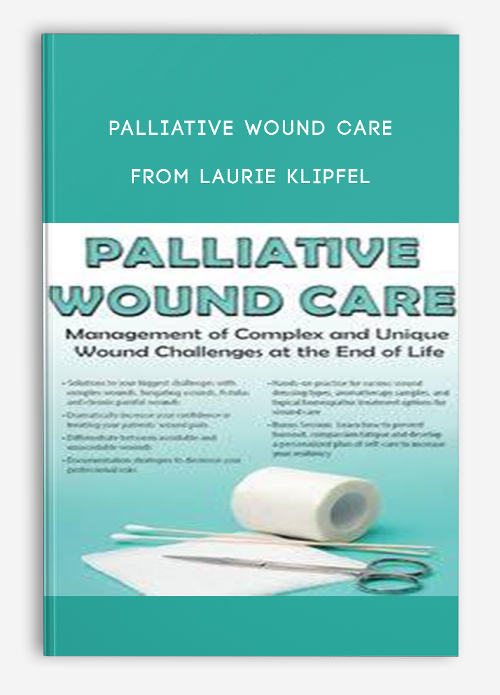

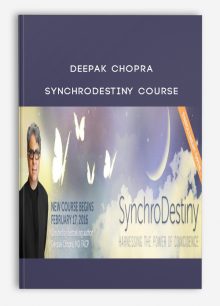
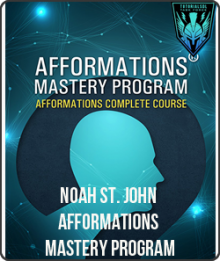



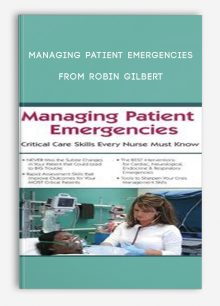
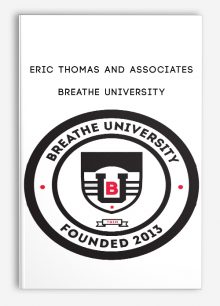
king –
We encourage you to check Content Proof carefully before paying.
“Excepted” these contents: “Online coaching, Software, Facebook group, Skype and Email support from Author.”
If you have enough money and feel good. We encourage you to buy this product from the original Author to get full other “Excepted” contents from them.
Thank you!